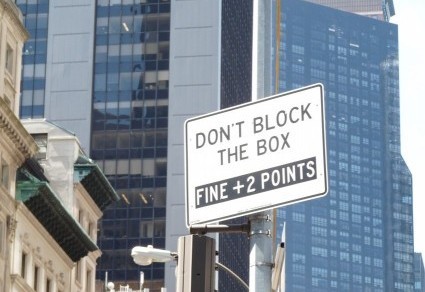Signs and labels are supposed to offer information, but sometimes the message doesn’t reach its destination. Take a look at this ice cream container I bought recently:

I admit I’d never given much thought to where the cherries in Cherry Vanilla ice cream came from until I read this label’s proud claim to country-harvested fruit. Ever loyal to my urban home, I hesitated before dropping the package into my cart, wondering whether I should search for ice cream made with city-harvested cherries. Unfortunately, Second Avenue is not rife with orchards. Even Orchard Street on the Lower East Side is treeless these days. So I bought the product, reasoning that the label’s reference to vanilla and cherry flavor with other natural flavors and cherry pieces implies more lab-harvesting than anything else, and the lab could indeed be in my home city.
Onward to Broadway, courtesy of my friend Orli:

As Orli pointed out, the construction of this sentence depicts Audra McDonald as packed with suspense. Anyone who’s ever seen her perform knows that Ms. McDonald is packed with talent, which no amount of suspense can replace. I, for one, plan to buy a ticket.
Now to the front door of a medical office:

Verbally granted access? Um … okay, if you say so ( and you literally must, according to this sign). Yet I can’t help wondering what other type of granted access doesn’t measure up at this location. Are buzzers banned? If I enter through the door an exiting, silent patient holds open, will I be thrown out?
As always, theories welcome. And as we approach whatever wave of the pandemic is next, I hope you stay safe!








